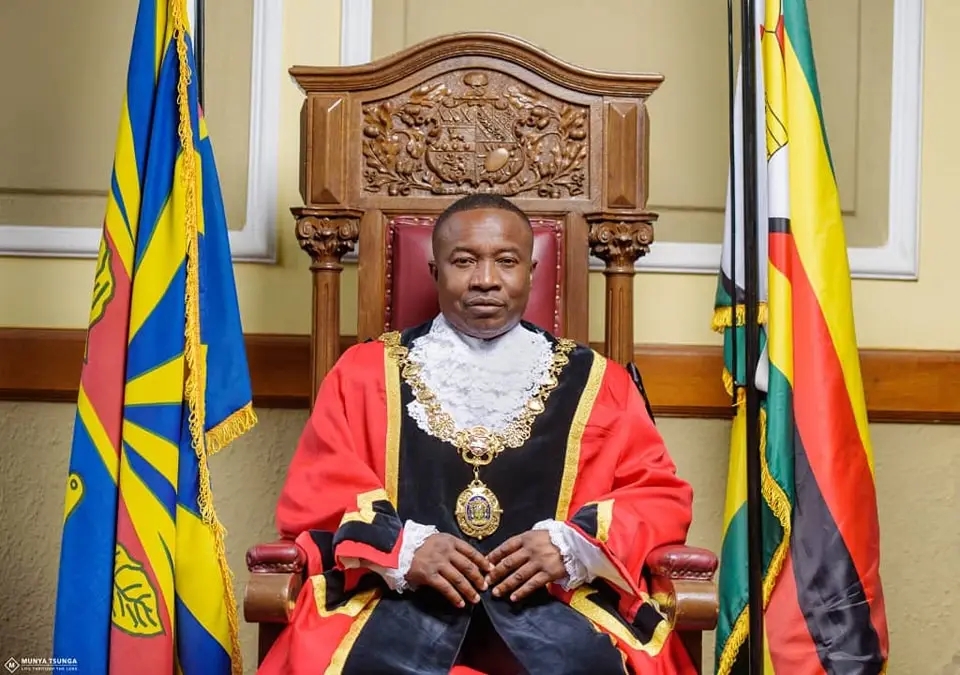TAKUDZWA HILLARY CHIWANZA
HARARE – Harare's Mayor, Jacob Mafume, recently described the city's water situation as a "thorn in the flesh" during a press conference at Town House, attributing the problem to the lack of new dams since independence, stating that more are needed.
 |
| Jacob Mafume |
The capital has faced severe water challenges over the years, leading to regular outbreaks of water-borne diseases such as cholera and typhoid.
Mafume highlighted that the last dam built for Harare was Lake Manyame in 1976. Since then, there has been no progress in improving the city's water infrastructure.
"The water situation is a thorn in the flesh for all cities and for Harare in particular. As you can recall, the last dam for Harare was built in 1976 and that is Lake Manyame. We use Lake Manyame, Lake Chivero, and Prince Edward Waterworks," Mafume said.
He pointed out that no dam has been built since 1976 to provide daily water to the Greater Harare area, including Norton, Ruwa, Chitungwiza, Epworth, and other new suburbs.
"Chitungwiza has a population of 1 million people and has no water source for itself. Ruwa has a source for itself but can only do limited amounts. Norton has no water source. Epworth has none," the mayor said.
Mafume also noted that the Morton Jaffray water treatment plant, which Harare and its environs rely on, has seen no progress since its design by Morton Jaffray. He suggested that Jaffray would be surprised that the plant still functions.
The mayor proposed the construction of new dams and water treatment plants as a solution.
Harare's water infrastructure, built during the colonial era, is aging, with no tangible signs of real progress.
The Morton Jaffray Water Treatment Works, opened in the early 1950s, is the primary source of potable water for Greater Harare.
The facility, with a design capacity of 614Mld, is located below Lake Chivero outside Harare.
However, the economic crisis of the last decade has led to serious disrepair and the works struggle to meet the needs of Harare's rapidly growing population.











.jpeg)








0 Comments